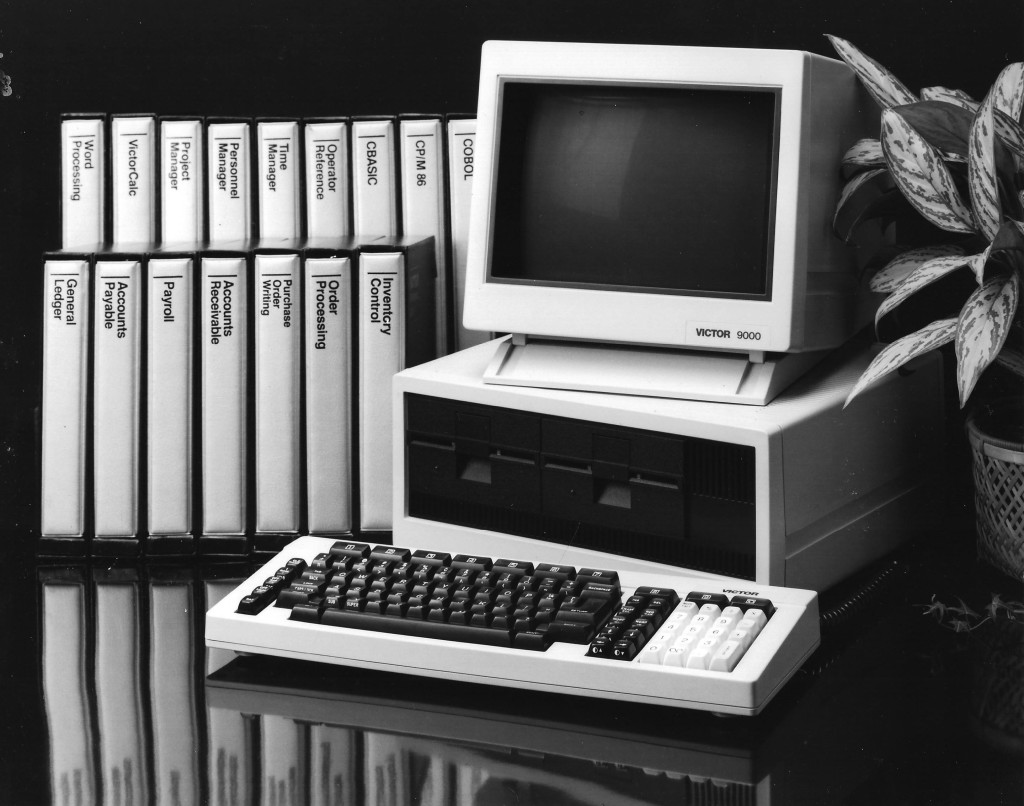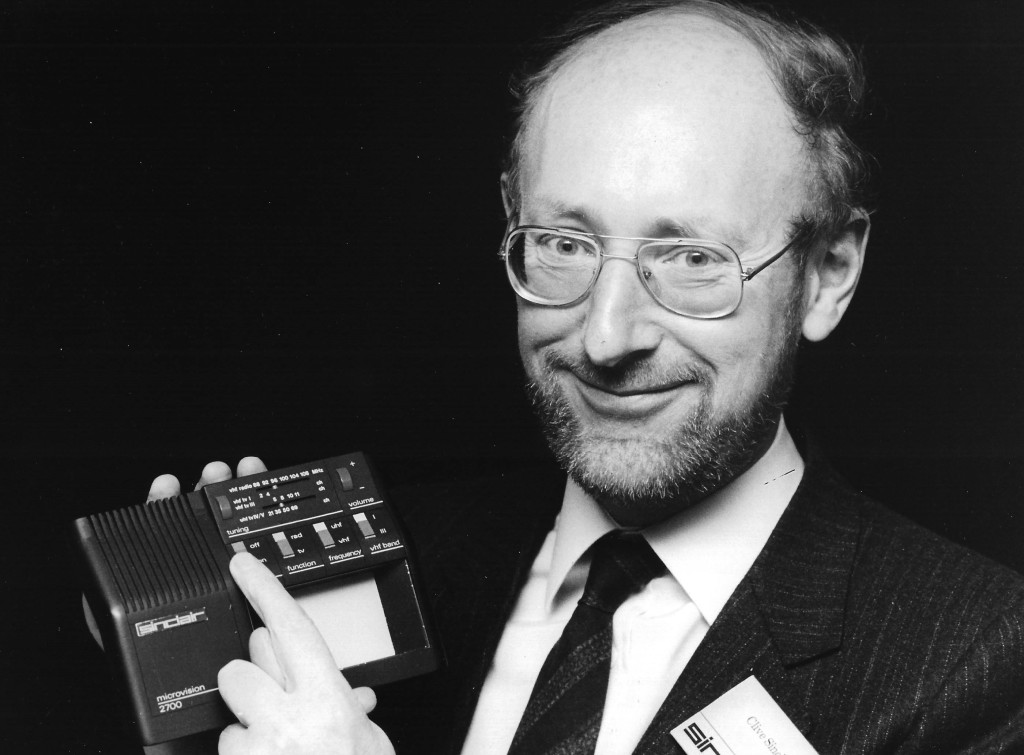Spectravideo was launched in 1981 as SpectraVision and originally produced games for the VIC-20 and Atari 2600. A couple of years later, it entered the microcomputer market under the Spectravideo brand and produced several lines of well-regarded home computers in the early 1980s including the SV-328.

Source: Spectravideo, 1983
The SV-328 was a more robust version of the SV-318, which was introduced at about the same time. It had a real keyboard rather than the SV-318’s chiclet style one. It was a Z80-CP/M system with a typical configuration. The SV-328 was one of the more affordable CP/M systems with a base price of just under $600
The company ran into financial difficulty in 1984, a year after the SV-328 was launched, and was forced to sell a controlling interest to Bondwell Holding Ltd. of Hong Kong. The Spectravideo brand and products were discontinued, and a restructured company began selling Bondwell-branded PC-compatible laptop and desktop computers.
Introduced: 1983
Original Retail Price: $595
Base Configuration: Z80A CPU, ROM cartridge port, 64K RAM (256K max), 48K ROM (96K max), TV video interface, integral keyboard/keypad, Super Extended Microsoft BASIC, word processing and terminal software, three-voice sound
Video: 24-line x 80-column text, 256 x 192 graphics
Important Options: SV-601 Super Expander, SV-902 5.25-inch floppy disk drive, SV-903 cassette recorder, mouse, SV-901 printer, SV-700 modem










